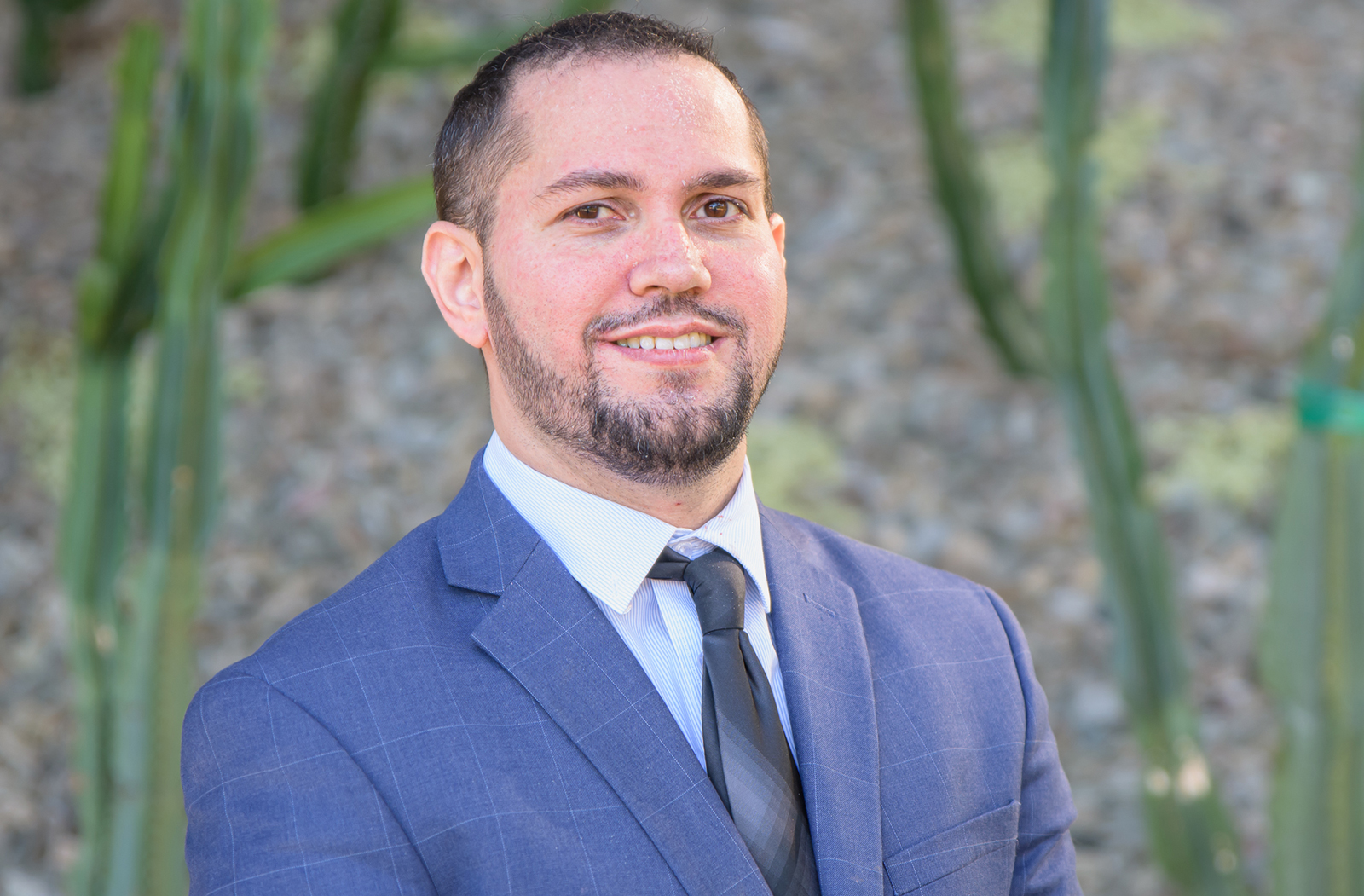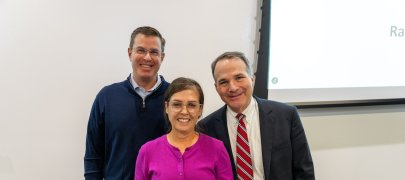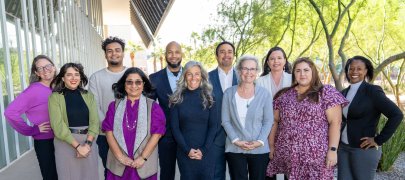
Inside Look: What Students Should Know about Changes in the USMLE Step 1 Exam

Medical students and the academic medical community are working to understand ramifications regarding the announcement in February by the Federation of State Medical Boards and the United States Medical Licensing Examination (USMLE) that scores for the Step 1 exam will be reported as pass/fail, not as a numeric score. The move is an effort to prevent the test from being used as a selective metric in residency applications.
The change is scheduled to go into effect no sooner than January 2022.
Ricardo Correa, MD, Endocrinology, Diabetes and Metabolism Fellowship program director and director for Diversity in Graduate Medical Education at the University of Arizona College of Medicine – Phoenix, shared his views and explained how the decision will ensure a more objective process for choosing residents. Dr. Correa was a board member of the National Board of Medical Examiners when the issue was discussed.
Opinions expressed are solely Dr. Correa’s and do not express the views or opinions of any academic medical organization.
Why was Step 1 changed?
In the past, prior to the USMLE, there were two types of exams: the National Board of Medical Examiners (NBME) exam, which was for U.S. medical graduates, and FLEX, which was the Federation of State Medical Board’s Federation Licensing Examination (FLEX) for international medical graduates. In the 1990s, they decided to combine everything and make the USMLE the active licensing exam. The exams were divided into two categories: Step 1 and Step 2. The mission was to create an exam for licensing doctors in the U.S. That was the main idea, but, of course, it came with unintended consequences — which was the exam scores soon became a predictor for residency.
Understanding the history is important because the people who created this exam were thinking of licensing, not the selection process. Secondly, Step 1 has no clinical predictivity for the future of a medical student. If you perform stellar in Step 1, there is no guarantee that you will be an excellent clinician, and vice versa. Step 1 doesn’t correlate with clinical activities.
Another problem with Step 1 was that one score truncated the hopes of many applicants who were passionate about one area of medicine, but didn’t get a high enough score. Because they didn’t get that really high score, their dream of becoming a dermatologist for example, was cut short by an exam with no clinical predictivity. There was a discordance on the use of the exam with the intention and outcome of the exam.
This decision wasn’t made from one day to another. It started about four years ago when multiple educators started seeing this trend and realized program directors were using this as a selective option. They invited the community, program directors, students, medical graduates and organized medicine to give their opinions. They made recommendations that went back to the committees that went to the parent organizations and finally they made the decision.
This is the time to restructure and see if we can find another way to choose residents that takes into account medical knowledge along with the other components that comprise a physician.
What metric will residency directors use now?
Right now, we don’t have a magic answer. What I hope is that there are a lot of brilliant medical educators out there that will start creating metrics that can help in the selection process for residency applicants. For example, in OB/GYN, there was an article published recently in JAMA about the selective process of OB/GYN. The article was written by Maya Hammoud, MD. I hope other areas in medicine will start working on what is important for them. I believe this is a way to make something better. With the original metrics, you were evaluating a knowledge base; you were not evaluating professionalism, practice-based learning, system-based practice, patient care or communication skills. Dean’s letters, letters of recommendations and extracurricular activities may have a stronger role in future residency applications.
Why are students anxious about this?
Always with a change, anxiety comes. The anxiety is because there is an uncertainty about what the process will look like. There have been a lot of individuals saying things that are incorrect, which is creating tension. People are worried that medical students from Ivy League schools will carry more weight, but the hope is that a new metric will come into place that is more objective and a better indicator of student success.
What advice would you give to pre-med students anxious about the change?
First and foremost, continue to study and focus on learning medicine. You should continue to work hard, just as you were in the past. Remain calm and wait to see the proposals from different residencies and areas of medicine that are to come. There is a lot of hope that this will be better and more objective than what we currently have.
As a student, should I be looking at different extracurricular options that can set me apart from other candidates?
Even without the change to pass or fail, students should be active in extracurricular activities as part of medicine. There was a banner outside my medical school that said, “A physician that only knows medicine, doesn’t know anything.” That’s very important. It doesn’t mean you need to be involved in everything, but it’s always good to at least be involved in something where you can provide help and develop leadership skills. If you can contribute to diversity, the community, research, organized medicine or something you think is important, that should be part of your career.
What changed regarding the exams?
In addition to the pass/fail results, exam attempts were reduced from six to four. This was data driven. There is clear data that after a third attempt, the probability of passing an exam dramatically goes down. After three attempts, there is not much benefit to retaking the exam.
We have two years to make this better. This is the time that the entire community — including students, deans, program directors, international medical graduates and associations — need to come together and start brainstorming better ways to measure residency applications. This is the right time to do it. I have a lot of hope that we will see a new system that will be fair for everyone.
About the College
Founded in 2007, the University of Arizona College of Medicine – Phoenix inspires and trains exemplary physicians, scientists and leaders to optimize health and health care in Arizona and beyond. By cultivating collaborative research locally and globally, the college accelerates discovery in a number of critical areas — including cancer, stroke, traumatic brain injury and cardiovascular disease. Championed as a student-centric campus, the college has graduated more than 900 physicians, all of whom received exceptional training from nine clinical partners and more than 2,700 diverse faculty members. As the anchor to the Phoenix Bioscience Core, which is projected to have an economic impact of $3.1 billion by 2025, the college prides itself on engaging with the community, fostering education, inclusion, access and advocacy.


